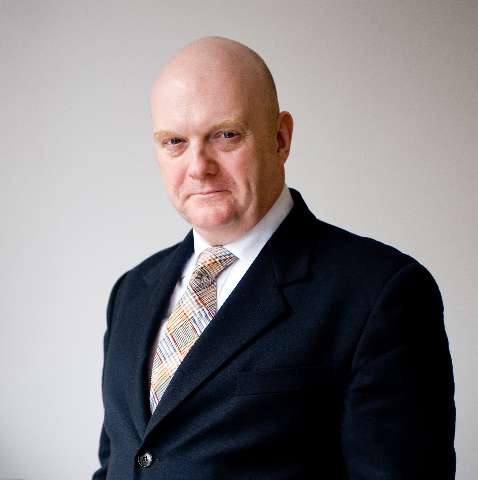Crystal Pite’s Light of Passage is the first co-production between The Royal Ballet and Norwegian National Ballet and, having premiered in London last October, there was a neat serendipity in the ballet receiving its Norwegian premiere on the eve of being nominated for the Best Classical Choreography Award in the UK National Dance Awards based on those London performances. If any proof were needed, this welcome opportunity to revisit Pite’s searing triptych via a different ensemble’s interpretation reinforced the clarity of her choreographic enquiry into existential matters of transition. Much of Pite’s repertoire uses vocal text to help convey emotion but that is not needed here.
Pite made the full ballet in two sections, created five years’ apart, but joined together in spirit and through the common motif of Henryk Górecki’s Symphony of Sorrowful Songs. One immediate advantage in this staging contrasted with London was the rich acoustical quality achieved through the wooden surroundings of the Opera House’s auditorium. Having recently celebrated the fifteenth anniversary of its opening, Snøhetta’s monumental marble and glass building, with a white, sloping roof that seems to glide into the fjord and an exterior that doubles as a public park, is as extraordinary on the inside as it is such a spectacular landmark in the Oslo cityscape. Enhanced by this exceptional sound quality, Górecki’s haunting third symphony was a special joy in an orchestral performance conducted by Zoi Tsokanou (who also conducted in London). Denise Beck’s singing was outstanding.
Flight Pattern, Pite’s original one-act ballet from 2017, remains a meaningful treatise on the refugee crisis and still packs a powerful punch, gut-wrenching in its spectacular and awesome scale. Enhanced by the smoky, metallic aura suggested by Tom Visser’s lighting, Jay Gower Taylor’s set of large dark panels brought an air of cold oppressiveness to dominate the trembling mass of displaced people dressed uniformly in drab grey coats.
The ensemble choreography continued memorably with the large corps moving as one, then splitting into smaller groups dancing independently but still in close association, before seamlessly reforming into another harmonious formation. Pite is a master of moving large groups in a symbiotic flow and the billowing patterns of her organic choreography suggested time-lapse plant photography. This fluid, rippling movement possessed moments of breathtaking beauty despite the harrowing subject matter.
Having sensed and conveyed the scale of the human crisis, Pite then puts faces on it by focusing on the personal tragedy of two migrants (Samantha Lynch and Douwe Dekkers) and the loss of their child. Inevitably, her artistic achievement is to reference the all-too-real infant deaths amongst boat people without ever trying to specifically document any such tragedy. Her intent is implied, which gives it added credence. Just prior to seeing this performance, I spent a few hours in the Munch Museum (next to the opera house) and the poignant closing imagery of Flight Pattern was profoundly moving in the same way as Munch’s timeless paintings of weeping women.
The more recent second and third parts move from the passage of migrants to represent capsules in life’s journey. The brief ten-minute Covenant focuses on childhood and brings six Norwegian children alongside 18 professional dancers; and Passage, the final part of the triptych, features two mature guest performers (Øyvind Jørgensen and Kristina Gjems, a T’ai Chi teacher who graduated from London School of Contemporary Dance in 1984) amongst a sea of fabric strips hanging from the flies.
Covenant was inspired by the UN Convention on the Rights of the Child, which includes the right to play. It began with a lone blonde boy – seemingly both vulnerable and enthusiastic - running vigorously on the spot before being joined by a crowd of adults and other children. Pite conveys the idea of the passage of age by adults forming channels through which the children passed with each line merging into the next, perhaps as a suggestion of the passing years of precious childhood.
Passage also began with a lone figure in the form of Jørgensen who also performed on the spot, but without moving his feet, instead describing smooth hand and arm movements before being joined by Gjems in a gentle duet. As in Flight Pattern, Pite brings a large corps to join the couple as their rite of passage moved towards its climax, once more exemplifying her disciplined control of mass movement through this large ensemble occupying the entire stage. The precision and harmony of this intricate collection of moving bodies was always impressive.
Light of Passage is not a long ballet, the three parts adding up to just over an hour of performance, but it is powerful and thoroughly absorbing living art, which Norwegian National Ballet performed with a rich mix of precision and heightened emotional expressiveness that could be experienced both as a visual spectacle and an extraordinarily moving concert.
Graham Watts was sponsored for this review by Norwegian National Ballet




